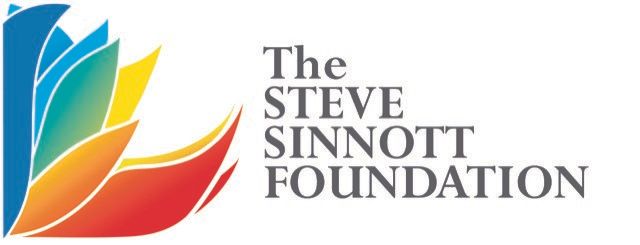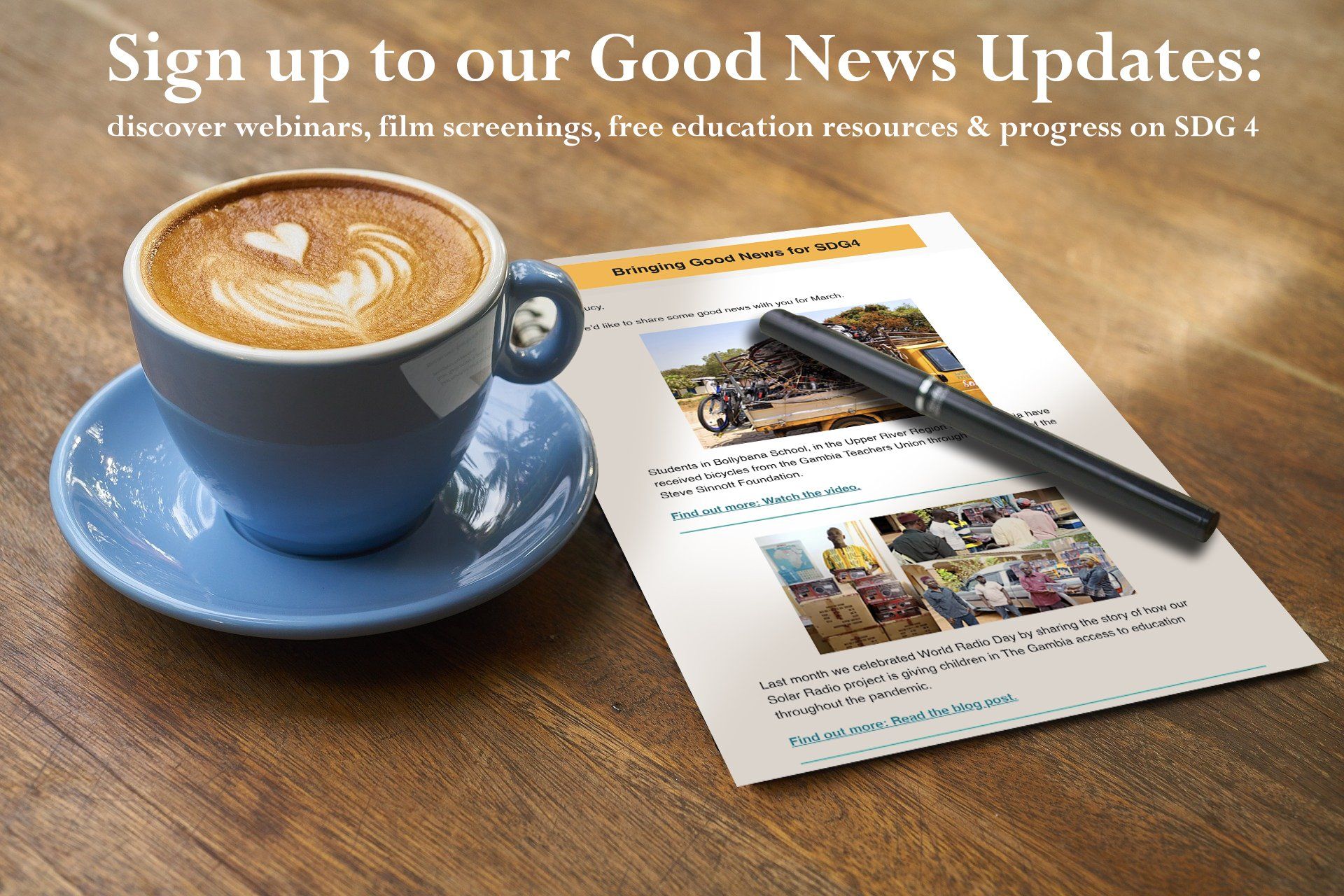Inspiration for your human rights artworks from Alfonso Montellano López
Inspiration from artist Myah Jeffers, for our global competition that platforms youth voice on human rights - The World I Want To Live In: Human Rights Education - Learning through Creating. Remember to enter by the 1st June.
I am a Spanish author-illustrator of children’s picture books who fell in love with drawing and writing the first time I held a pen (which wasn’t necessarily thin) and a brush (which wasn’t necessarily thick). I also write poetry and short stories as well as play the guitar and compose calm piano music. I work as an engineer and live in Cambridge (UK) with my wife and two children who encourage and inspire my creativity.
Thin Pen and Thick Brush
Or how I draw (and why)
Usually, the first thing I draw is the face of the characters in a scene. I start with a circle, with many lines that I draw with a thin pen, a fine liner. Once I have all the lines I feel might be necessary, I change the thin pen for a thick brush and redraw over the lines that will make the final features of the character’s face. I draw brushstrokes for the nose, the eyes, the mouth, the contour of the head, the hair... Then I do the same with everything else in the drawing, the body of the characters and the landscape or objects that surround the characters.
For most of my drawings, I like to leave all the thin lines I drew while thinking what the character would look like when doing whatever it is that she or he is doing. I think this shows the many possibilities the artist thought (or drew) for the character and it also adds dynamism to the scene - people and things are in a particular position in the final drawing but they could have been placed slightly upwards or downwards or slightly to the right or the left. The thick line that shows the features of the people and the other things focuses the eyes (and maybe rests the mind) of the reader.
To me, letting all the thin lines be part of the final drawing is an important part of the creative process. In fact, it is a way to make the creative process part of the final drawing. It helps me observe and accept that the final drawing is what it is but that it could have been different. The thin lines also show that things are in constant motion, constantly changing, like the reality around us. The thin lines sometimes show a position or shape that the artist initially thought not to be good enough for the final drawing. But what is good enough? Is there such a thing? Maybe all the shapes and compositions a particular drawing could have taken are equally interesting?
Making all those thin lines part of the final drawing is a way of posing the question of the many shapes reality can take and accepting that they are all valid. Having the thin lines that construct the drawing next to the thick lines that show the final drawing are also a reminder that things are never perfect and that perfection is not a requisite for beauty or happiness.
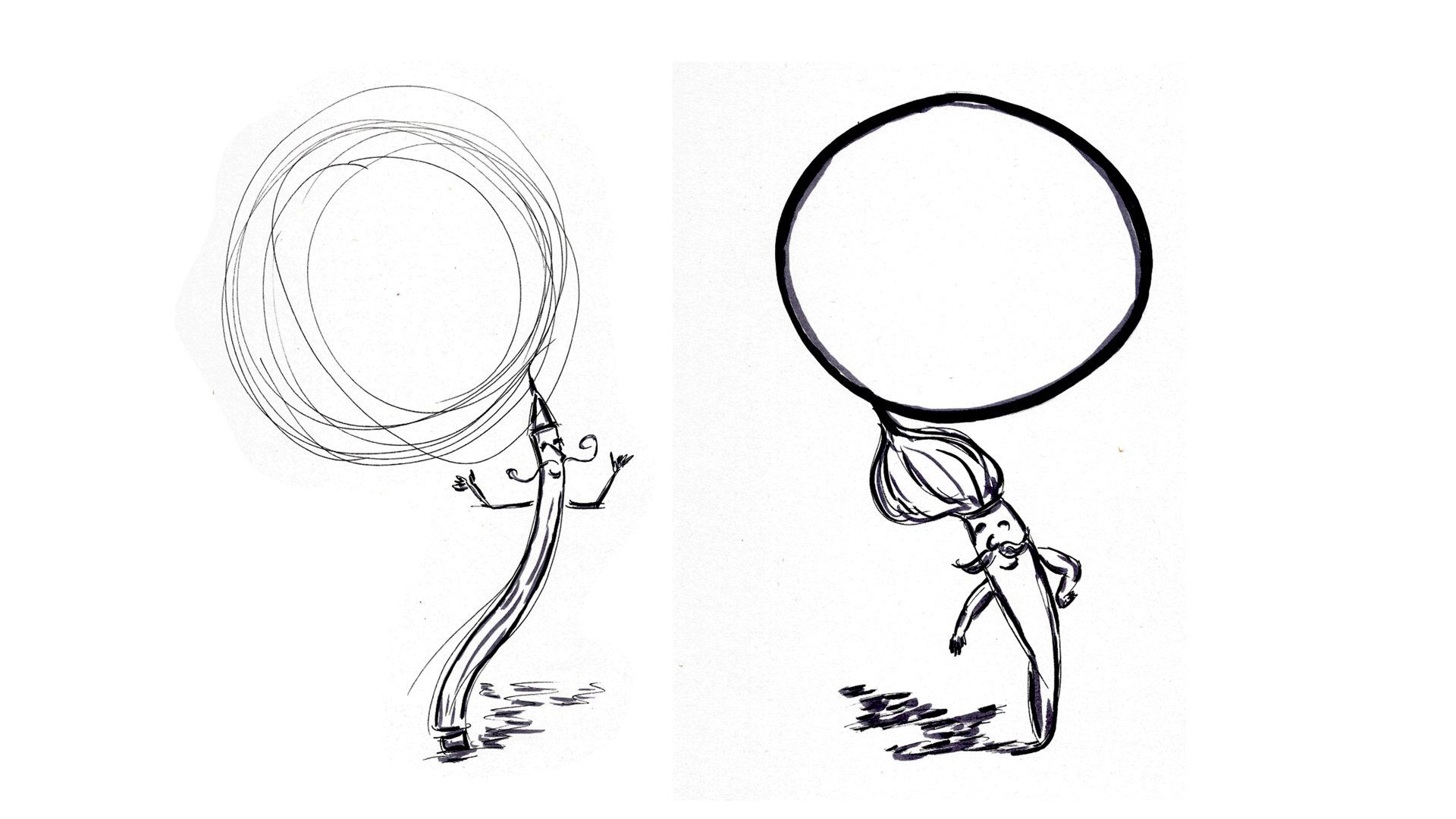
TASK: the story of Thin Pen and Thick Brush
I wrote and drew the story of Thin Pen and Thick Brush to share these ideas and show this technique to others. I hope this inspires you to create and represent all the beauty around you in a way that helps you make peace with the things you don’t like and celebrate those that you do.
You can download the story of Thin Pen and Thick Brush below - both with and without words (you can put your own). There is also an ideas and activity sheet to inspire conversation and creativity.
Download the story of Thin Pen and Thick Brush With Words - CLICK HERE
Download the story of Thin Pen and Thick Brush Without Words - CLICK HERE
Download the story of Thin Pen and Thick Brush Activities and Ideas Sheet - CLICK HERE
Find out more about Alfonso Montellano López here: www.alfonsoml.com
(published in the Human Rights resource pack)
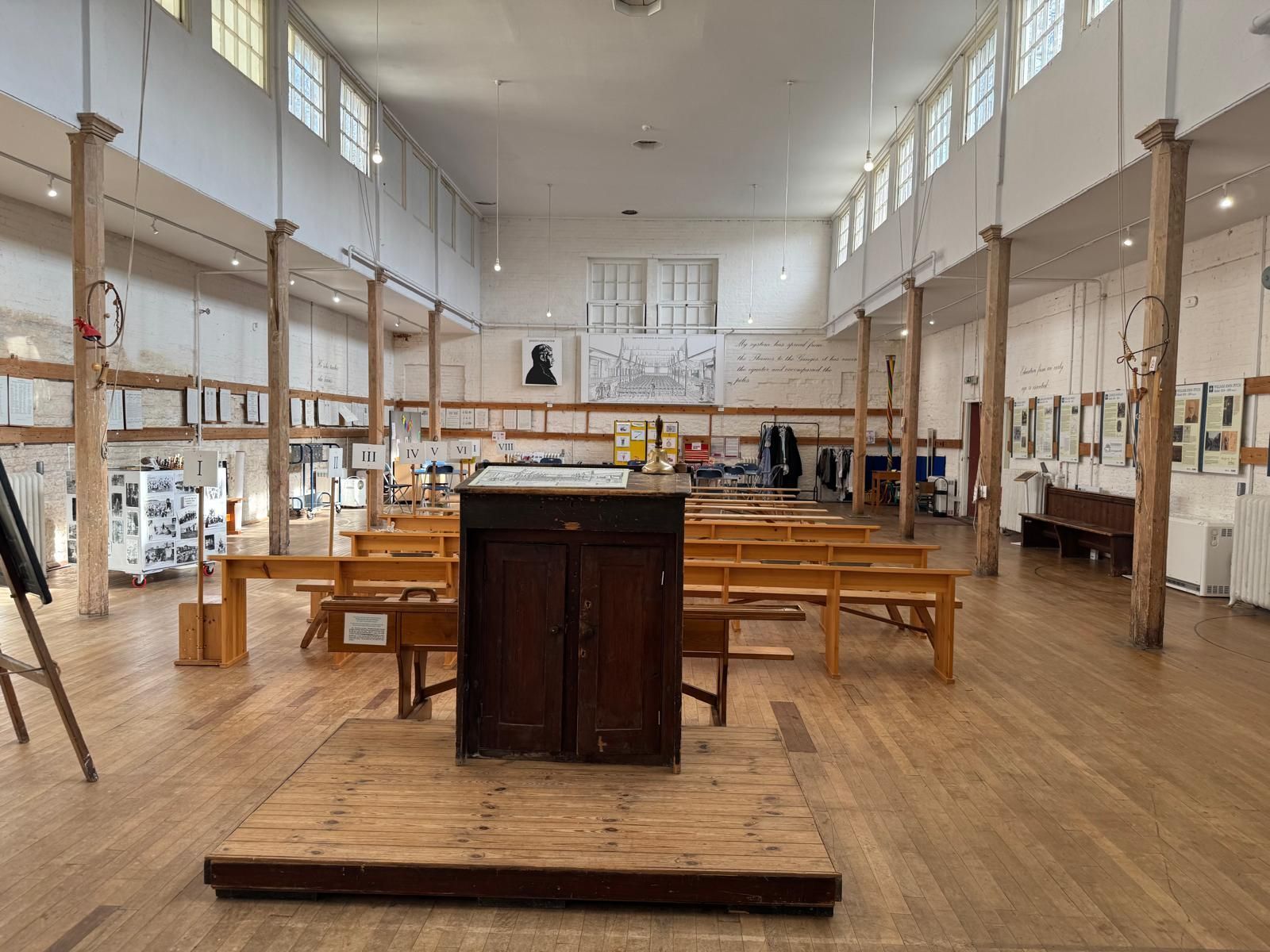
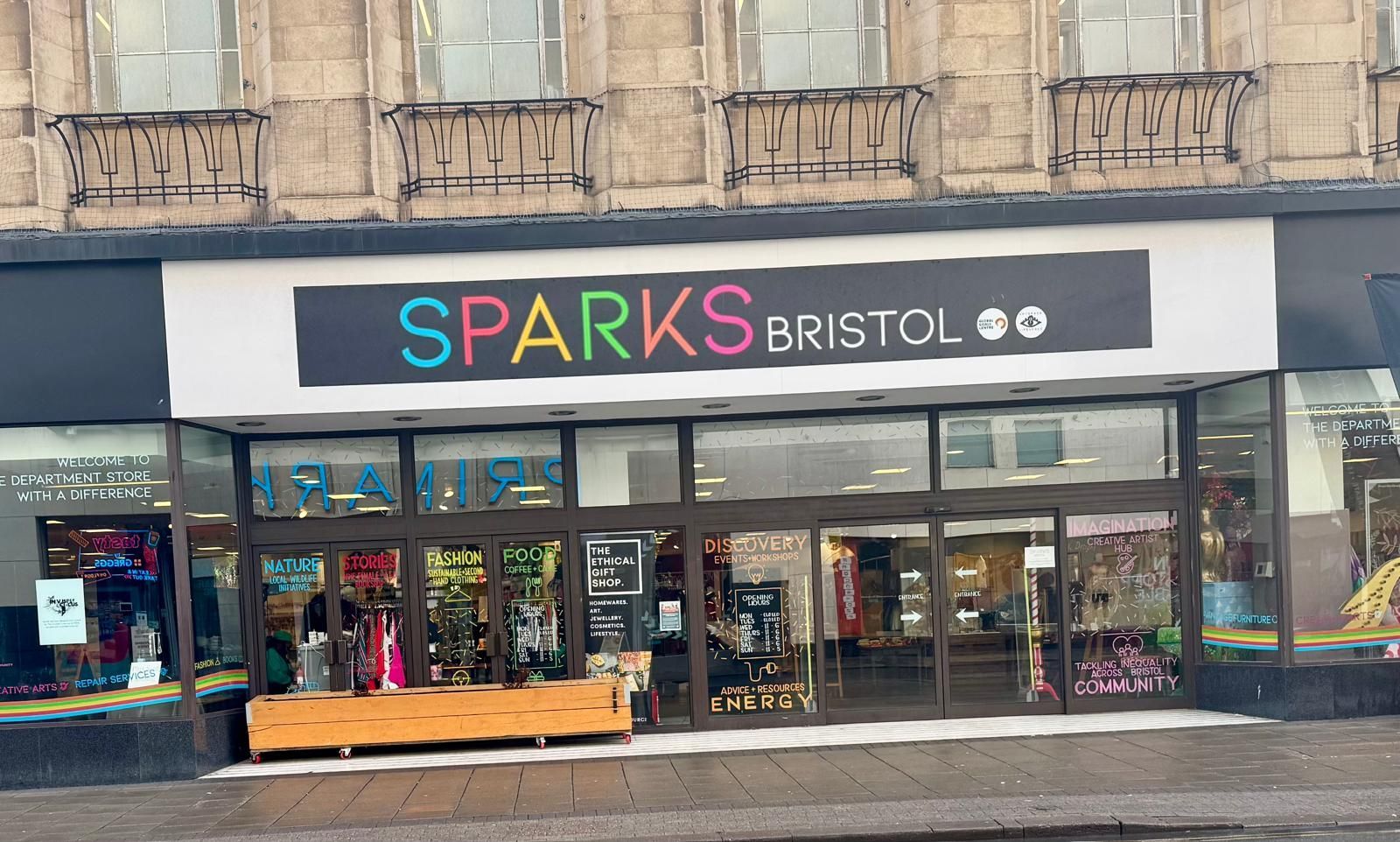
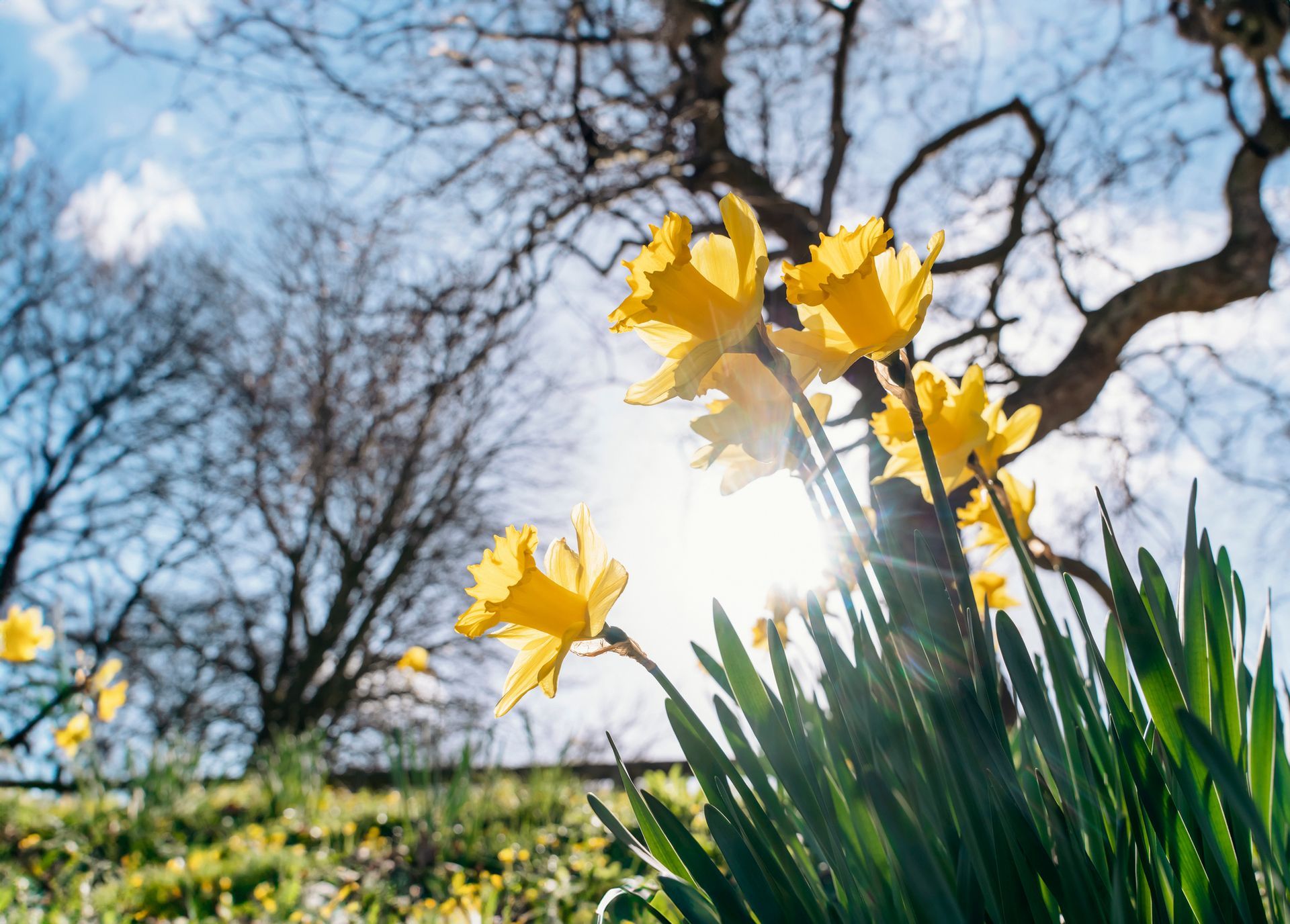
Lord Lieutenants Charity HubWarner Brothers StudiosSuite 23, Building 6, Hercules Way,LeavesdenWD25 7GS
Learn More
0208 013 9616
All Rights Reserved | The Steve Sinnott Foundation
